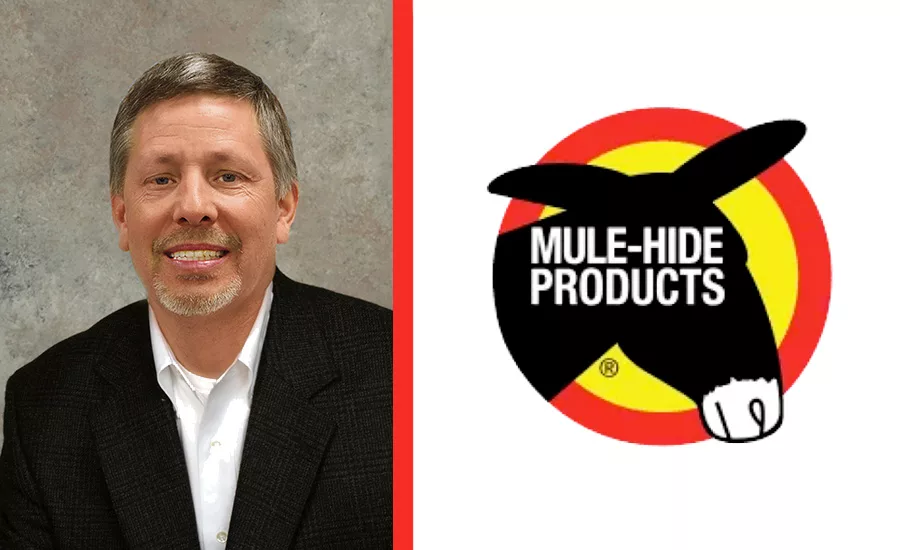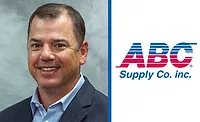Roofing Q&A
Roofing Industry Q&A: Mule-Hide Products Co.
Interest in contractor training, new products continues well into 2024.

Editor’s Note: Gauging the pulse of the roofing industry annually continues to be a challenge as roofers adapt to a rapidly changing marketplace. In addition to the survey circulated last fall that laid the foundation for the 2024 Roofing Report, RC also sought out the opinions of leaders from all segments of the industry.
As part of RC’s continuing coverage, here’s what Dan Williams, managing director of Mule-Hide Products Co., shared with us.
RC: How would you characterize the state of the roofing industry in 2024?
DW: After several extremely challenging and unpredictable years, the low-slope roofing industry is settling into a “new normal.” The supply of and demand for materials are starting to get back into balance. And looking at the broader economy, inflation and the general feeling of uncertainty have eased. We [expect] another strong year for Mule-Hide, and we are optimistic about the industry overall.
RC: Are there any recent trends that you will continue to monitor this year?
DW: Contractors, manufacturers and distributors continue to make significant investments in labor sourcing to build quality teams and in training programs to effectively onboard those employees.
Contractors also are seeking more training opportunities for themselves and their existing employees, and are looking to their manufacturer partners to provide those opportunities. We opened three Mule-Hide Training Centers over the last 18 months and the response has been tremendous. Contractors are eager for knowledge that will allow them to improve the quality of their work, complete jobs more efficiently and safely, expand the selection of products and services they offer, and be able to pursue a broader range of projects. They also recognize that a strong ongoing training process is a powerful tool for recruiting and retaining talent.
RC: Our annual survey of roofing contractors showed a lot of optimism in the marketplace. Why do you think that is, and do you share that viewpoint?
DW: The supply chain challenges of the past few years have eased. Roofing contractors can once again bid on a job and be confident that the price will hold and that they will be able to get the products they need in a timely manner. And general contractors can stand behind the numbers and schedules they give to building owners and developers without having to worry about massive disruptions.
RC: What economic factors will play the biggest role in a roofing contractor’s success this year?
DW: Labor is always a significant factor in whether a roofing contractor will be able to support demand.
RC: How is your company adapting to meet the anticipated demand in roofing projects and materials?
DW: Communication is key. Regular conversations with our contractors and distributor partners help us understand their needs and what they are anticipating, allowing us to plan accordingly.
We continue to invest in our people and in new technology. The goal always is to make it easier to work with us, from placing an order to completing a job, and help us better support our contractors. We are adding personnel across the board, including territory managers, field technical representatives, and members of our customer service, training, product management and business development teams. We also have been implementing new technology to improve and streamline our processes, including a new customer service platform that allows us to resolve issues more quickly and new warranty software that makes it easier for contractors to manage their warranty needs.
RC: What product categories or new technology are you most excited about in roofing?
DW: Fluid-applied roofing continues to be the fastest-growing area of low-slope roofing, and we expect that to continue for at least the next few years. Building owners are excited about the potential to extend the lives of their existing roofs and save money, avoid disruptions, reduce their cooling costs and keep old roofing materials out of landfills. And for contractors, coatings are an easy way to add to the range of low-slope solutions they offer or for residential contractors to expand into the low-slope side of the business.
RC: How is your company responding to continued consolidation and private equity involvement in the roofing industry?
DW: We are continuing to do what we have always done – stand by our contractors by offering them a complete range of high-quality low-slope roofing solutions and supporting them with exceptional, industry-leading responsiveness, technical expertise, customer service and training. We always look to partner with good contractors who share our commitment to quality and service, regardless of their size. And if one of them consolidates with another firm, we will go along for the ride and continue to support them as they grow.
RC: What are the biggest concerns moving forward?
DW: We are confident going into in 2024. All signs point to another strong year for Mule-Hide, and we are optimistic about the industry overall. The first half of the year looks very promising for us, with lots of opportunities in the pipeline. It is always harder to predict the second half of the year, of course, but the crystal ball is certainly clearer than it has been recently. So, barring the type of unprecedented events of the last few years, the reins are off as we pursue another successful year.
RC: What are you proudest of about your organization?
DW: As always, it’s our people. Our associates faced several challenges over the last three years, when every year was different and unpredictable. They met those challenges, and we came through it better than ever.
Looking for a reprint of this article?
From high-res PDFs to custom plaques, order your copy today!






